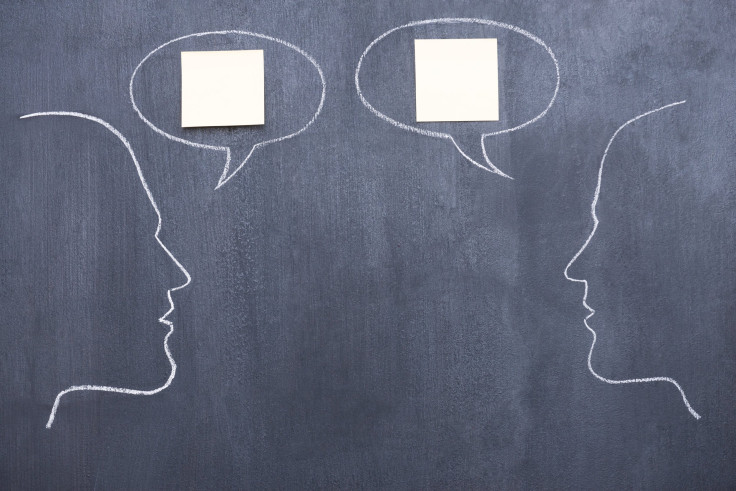Racial Biases Impact The Way We Communicate, But Only When Listeners Are Aware Of Racial Identity Beforehand

Our innermost preconceptions and biases may not only influence what we see but how we listen, according to a recent study in the Journal of the Acoustical Society of America. It found that Chinese Canadian native English speakers were perceived as less intelligible and more accented than White Canadian native English speakers, but only once listeners knew their voice belonged to a Chinese person through a photograph.
The authors recruited the voices of 12 men and women, six identifying as Chinese Canadian, the other six as White Canadians, noting that the University of British Columbia, where the study took place, is centered around a particularly diverse community of Asian and White Canadians. They then asked forty native English-speaking volunteers to listen to these speakers recite 10 sentences each through a computer screen. Prior to half of the sentences, there was a quick flash of the speaker’s ethnicity through a black-and-white-photograph, while a picture of three crosses preceded the other half. Alongside further questionnaires measuring their implicit and explicit racial biases and social network composition, the volunteers were asked to transcribe each sentence. The sentences were also lightly drowned in background noise. "Understanding sentences from those with the same language background as yourself is really easy, so we had noise to make it more difficult," lead author Dr. Molly Babel told Medical Daily. "When listening is hard, we need to use different strategies to unpack the speech signal from the noise."
In this case, the authors theorized that these strategies would involve drawing upon popular stereotypes about the foreignness of Asian speakers, building on a long line of research showing that our listening comprehension is influenced by the racial or gender identity of a speaker. When the volunteers were left in the dark as to the speaker’s ethnicity, the success rate of their transcription efforts was similar between White Canadian and Chinese Canadian speakers, but when they were shown the photograph, it subsequently became harder to follow Chinese Canadians, even as there was no noticeable effect on whites. Similarly, when asked to rate the speakers’ accentedness, the listeners rated the Chinese speakers as more accented, but only when shown their identity; the same White speakers were only considered less accented once their photos were shown. Rather hilariously, a subsequently smaller trial of additional volunteers found that they couldn’t guess better than chance which ethnicity any one speaker belonged to, leaving the authors to conclude that the, "most influential cue to talker ethnicity came from the photo prompts."
Interestingly enough, the volunteers’ degrading of the Chinese speakers’ linguistic skill might not have been tied to malice, buried or not, on their part. Though they reported a slight positive bias toward Whites, it wasn’t correlated to a subsequent difficulty in understanding identified Chinese speakers. If anything, it was those who reported interacting more often with the Chinese community that found it harder. This led to the authors concluding that volunteers were more thrown off by a mismatch of expectations; they expected a foreign-sounding accent from a Chinese person and were, if implicitly, distracted by their local native English accent.
But these illusionary gaps in communication do have their serious consequences, especially as neighborhood and communities change to accommodate different groups of people. And Babel (no relation to the fish, presumingly), hopes that her research will push people to examine their own biases and the influence they have on the world. "As a society we do a lot of blaming of those with non-native or non-standard accents. These results show that part of that perception of accentedness comes from the listener," Babel told Medical Daily. "If we are going to have accent reduction programs, we should probably also have listener enhancement programs."
Source: Babel M, Russell J. Expectations and speech intelligibility. Journal of the Acoustical Society of America. 2015



























